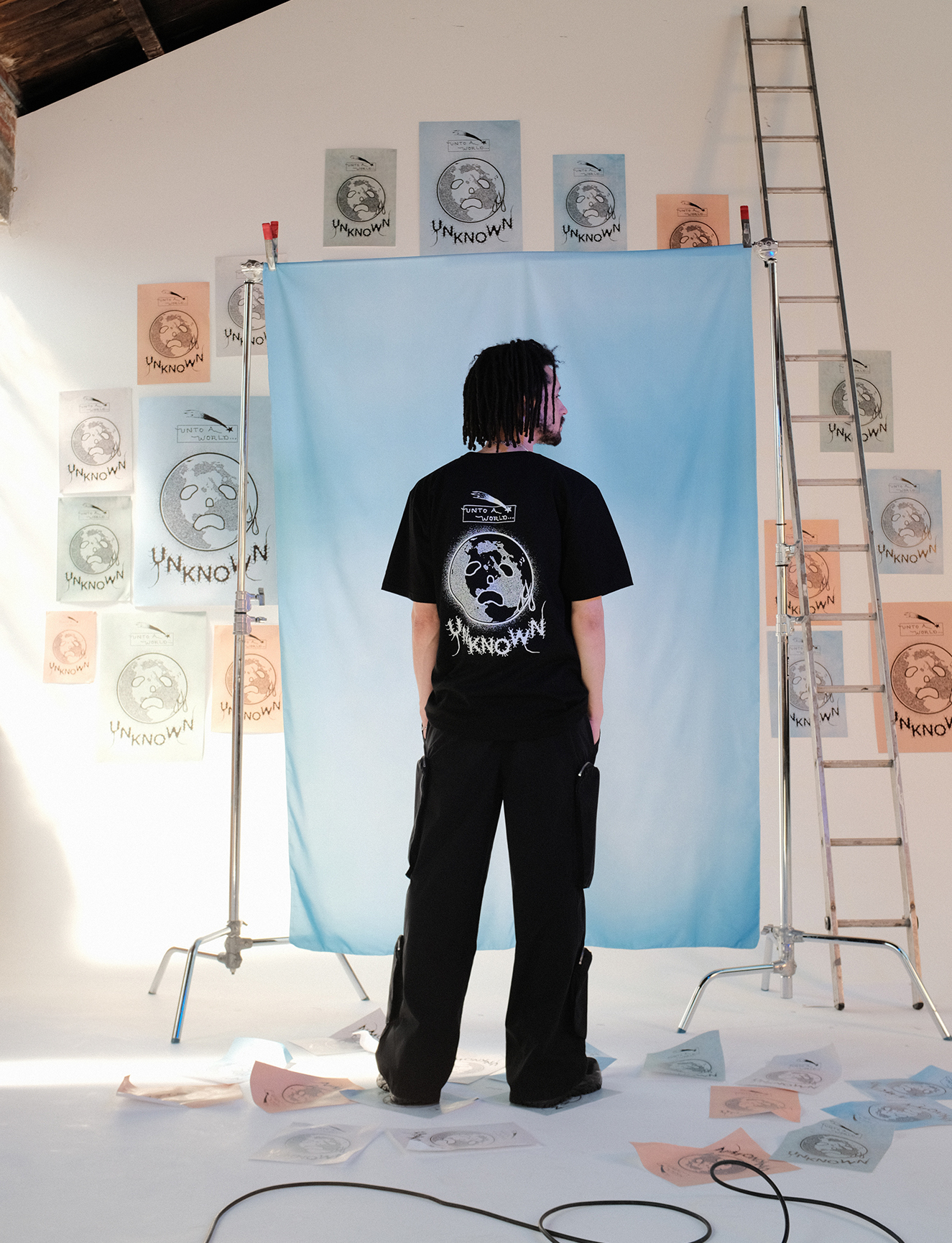Earth Day dates back to 1970 – its first iteration was an attempt by Senator Gaylord Nelson to put the environment on the political agenda. An estimated 20 million people in the US collectively attended over 12,000 events: demonstrations, marches, litter picks, flower planting, visits to garbage dumps, ‘bike hikes’, and die-ins.
Attendees had every reason to feel hopeful things would change. Churches were involved (a vital endorsement in the US), and a specially arranged recess allowed members of Congress to return to their states and take part in rallies. Governor Nelson Rockefeller (who rode a bike to Prospect Park on the day) signed a bill creating the New York State Department of Environmental Conservation, and Senator Edmund Muskie talked about a budget which allows for “more parks instead of more highways, more houses and more schools instead of more weapons and more wars.” By the end of the year the creation of the Environmental Protection Agency was authorised.
Change felt possible
At the cusp of a national,and later global, unified environmental effort, change felt possible, indeed it felt tangible. Over 50 years on it’s hard to even imagine having this kind of hope. As well as ever gloomier climate projections, a huge part of this is surely the lack of change: we’re still fighting the same extractors and polluters. The way we do things, it feels, is settled and so is our precarious future. We simply cannot imagine anything different.
The reasons for this stagnation of imagination are manifold, according to Morgan. We don’t have the public spaces in which to explore our ideas; we have a more complex understanding of issues which “leaves us with less sense of agency”; our cultures are individualistic and inhibit collective thinking; research is less productive; wealth and power are increasingly concentrated and therefore so is the financial and political ability to make change.
The convergence of these drivers isn’t a coincidence, it’s by design. You can draw a straight line between Margaret Thatcher’s neoliberal ‘TINA’ (there is no alternative) politics which decimated welfare and public services to the commercialisation of Earth Day happening during a time when the right to protest is under attack from a government that also seeks to mandate a continuation of service during strikes.
We simply cannot imagine anything different
Our collective imagination isn’t ebbing away so much as it is being suppressed. Certainly, some are allowed — encouraged — to flex their imagination, but only if what they cook up serves the dominant culture. Silicon Valley billionaires are allowed to imagine, weapons manufacturers are allowed to imagine. A space car is a great use of imagination, an end to oil extraction is just taking things too far.
But there is a resistance. People are making space for suppressed minds to expand. “We just need to spend some time stretching our imaginations,” says Dr Amy Twigger Holroyd, Associate Professor of Fashion and Sustainability at Nottingham Trent University’s School of Art and Design. Her ongoing research project Fashion Fictions invites people to create alternative ‘worlds’. Submitted as a 100 word outline, these worlds are then explored via visual and material prototypes and enacted in the real world.
In World 159, clothing designers and suppliers must be licensed; in World 6 councils run free libraries of formal and occasional wear; in World 205 clothing can’t be owned, it is a communal resource. The worlds aren’t bound by shareholder demands or ‘the market’. They are free from the restrictions of reality and as such have the potential to offer more radical fashion futures than have ever been posited by a fashion brand.
People are making space for suppressed minds
Often, during exploration and enactment workshops, the conditions necessary to make the worlds real become a point of discussion. “The fact that we need universal basic income is a logical conclusion to a lot of issues, [as is] a four-day week,” says Twigger Holroyd. However, while it’s useful to explore how we might work towards those worlds, Twigger Holroyd doesn’t want to focus on that too quickly. “The thing that I’m really trying to do is temporarily switch off the bit of our brains that goes, ‘how does that happen?’ Because as soon as that kicks in, nothing seems possible and we feel stuck again,” she says. “That playfulness and imagination is so important.”
Emma Fukuwatari Huffman, a Japanese designer living in Amsterdam, took part in Twigger Holroyd’s World 91 enactment, Meet the Mushrooms, as Nobu, a fictional character from her picture book who is a ‘Kinji-ya’ (co-mender) with mycelium, the root-like structure of mushrooms. In World 91, people visit mushrooms, “widely understood as spiritual guides”, on a weekly basis, so as Nobu, Huffman met the mushrooms and gathered materials for mending.
It was an extension of Huffman’s research work in which she uses mycelium to mend worn down sneakers. The possibilities of mycelium being used as an ecologically friendly wonder material have been discussed for over a decade and theory has now become reality as it’s used to make handbags, shoes, and biodegradable packaging. “The design world … was just following the status quo, which was to make and to consume and to dispose of,” says Huffman. “But when I was working with it, I found it to be much more alive.”
Playfulness and imagination is so important
With mycelium making waves in fashion as a leather alternative, Huffman’s concept could well become reality, however that’s not necessarily the objective. “I didn’t create the storyline to be the perfect one or the correct one or the one that saves us from the crisis we’re in. But just a way to propose things could be different, there is an alternative,” she says.
The designer is influenced by the fashion brand A Seed On Cloud which invents a new fictional profession each season and creates a collection to dress them in. It’s refreshingly playful. Currently we can just about stretch to envisioning what jobs and industries might come out of tech innovation but why can’t there be a mycelium co-mender? Or a visa office for clothes because we’re no longer allowed to export to the Global South with abandon? Or clothing librarians? Or a minister of endangered crafts? And what if they’re not paid by the hour but per KG of carbon they help remove from the atmosphere? And what if they were taxed for concreting over their garden? Or if they became a biodiversity steward for 10 square feet of public land on their 18th birthday?
How would you divvy up the land? Who would pay the librarians? How would you measure the carbon? It doesn’t matter — yet. We figured out how to portion off the sky so planes don’t crash into each other and we created an invisible network that allows phones to connect to the internet at almost all times. Almost every idea could be thwarted by reality if we let it, but we shouldn’t. “We need to remember the promise of reviving shared social imagination,” says Morgan. “That communities can once again become heroes in their own history rather than only observers.”
Read More: On Authenticity






